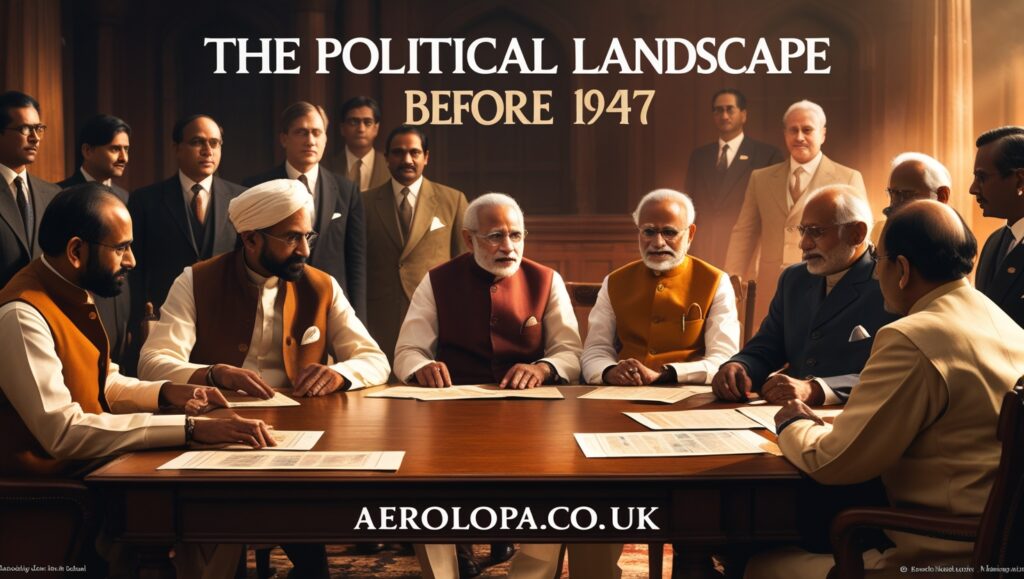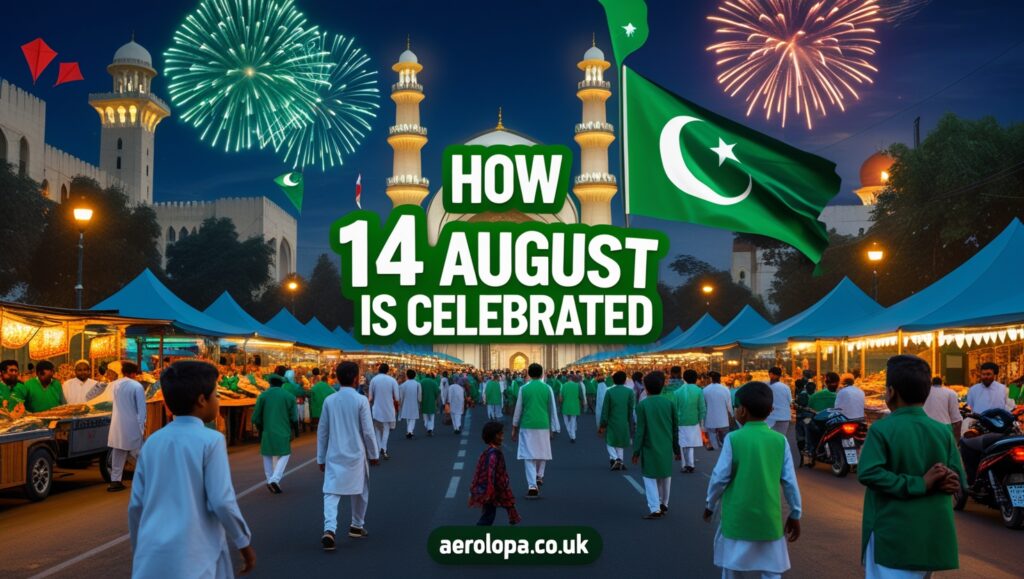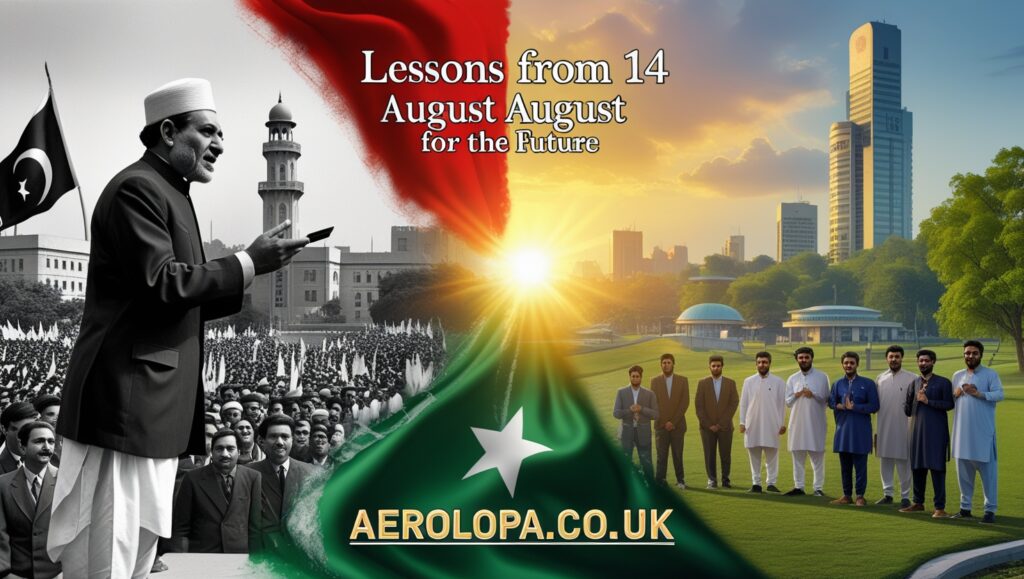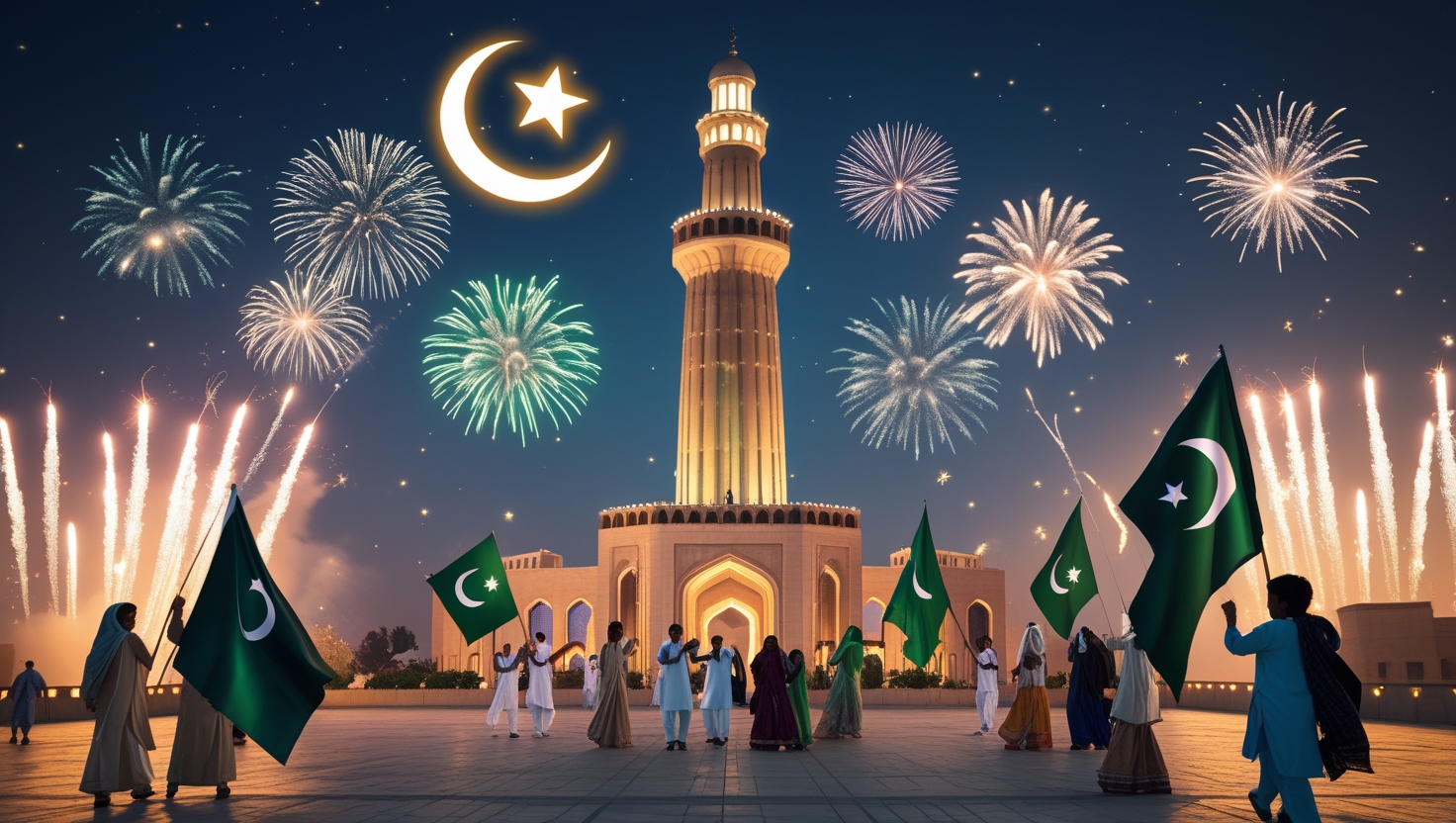14 August is not just a date; it is the lifeline of Pakistan’s national identity. On this day in 1947, Pakistan emerged as an independent state after decades of political struggle, community mobilization, and immense sacrifice. It was the culmination of a movement that reshaped the map of South Asia and gave Muslims of the Indian subcontinent their own homeland.
This article explores the deep historical roots, key events, and lasting impact of 14 August, alongside practical knowledge on how it is celebrated today.
The Political Landscape Before 1947

Before the creation of Pakistan, the Indian subcontinent was under British rule for nearly two centuries. The governance system favored certain communities, and Muslims—who once ruled large parts of the subcontinent—felt increasingly marginalized politically, socially, and economically.
Religious differences, cultural identity, and political inequality eventually pushed Muslim leaders to demand a separate homeland.
The Rise of Muslim Nationalism
The concept of a distinct Muslim identity was championed by leaders like Sir Syed Ahmad Khan, who encouraged modern education for Muslims, and Allama Iqbal, who envisioned a separate state for Muslims in his famous 1930 Allahabad Address.
This growing sense of cohesion and reason paved the way for a mass political motion beneath the management of Quaid-e-Azam Muhammad Ali Jinnah.
The Lahore Resolution – 23 March 1940
The turning point came at the All-India Muslim League’s annual session in Lahore. On 23 March 1940, the Lahore Resolution was passed, demanding autonomous states for Muslims in the northwestern and eastern zones of India.
This resolution became the political foundation for the creation of Pakistan and is remembered as a milestone in the independence struggle.
The Road to Independence – 1940 to 1947
Between 1940 and 1947, political negotiations, protests, and public mobilization intensified. The Muslim League gained unprecedented public support, especially after the 1945–46 elections, where it won most of the Muslim seats.
As communal violence erupted in several parts of India, the British realized that a peaceful transfer of power required partition. This led to the Indian Independence Act of 1947, which divided British India into two dominions: Pakistan and India.
The Midnight of Freedom – 14 August 1947
At midnight on 14 August 1947, Pakistan officially became independent. The ceremony in Karachi was attended by Muhammad Ali Jinnah, who took oath as the first Governor-General.
The choice of 14 August—in preference to 15 August like India—was symbolic: it coincided with the 27th of Ramadan, a particularly sacred night time for Muslims, adding non secular importance to Pakistan’s start.
Sacrifices During Partition
Independence came at a heavy cost. Millions of people migrated across borders, and countless lives were lost due to communal violence. The migration was one of the largest in human history, with people traveling by foot, train, and cart to reach their new homeland.
This mass movement remains a defining chapter in Pakistan’s history, symbolizing both tragedy and resilience.
National Symbols of Independence
The Pakistan Flag
- Green: Represents the Muslim majority.
- White stripe: Symbolizes religious minorities.
- Crescent: Progress.
- Star: Light and knowledge.
Designed by Ameer-ud-Din Khidwai, it was first hoisted on 14 August 1947.
The National Anthem
Written thru Hafeez Jalandhari in 1952 and composed through Ahmed G. Chagla, it displays Pakistan’s cultural historical past and Islamic identity.
Minar-e-Pakistan
Located in Lahore, it marks the site of the Lahore Resolution, a constant reminder of the struggle for independence.
How 14 August is Celebrated

Even decades later, 14 August remains a day of unity and pride. Celebrations include:
- Flag hoisting at government buildings, schools, and homes.
- Parades by the armed forces.
- Fireworks and light shows in major cities.
- Patriotic songs on TV and radio.
- Cultural events showcasing Pakistan’s traditions.
- Community service drives and charity programs.
Importance in Modern Times
14 August is not solely about remembering history—it’s approximately shaping the destiny. The struggles of the past serve as lessons for political unity, social harmony, and national development.
For today’s generation, Independence Day is a reminder to contribute positively to Pakistan’s economy, education, technology, and governance.
Challenges Faced After Independence
The early years were marked by immense challenges:
- Shortage of resources and infrastructure.
- Refugee crisis.
- Kashmir dispute with India.
- Establishing a stable government.
Despite these hardships, Pakistan developed institutions, industries, and a unique national culture.
Pakistan’s Progress Since 1947
From agriculture to nuclear technology, Pakistan has made significant strides. Notable achievements include:
- Becoming a nuclear power in 1998.
- Advancing in textile and sports manufacturing.
- Producing world-class talent in cricket, squash, and hockey.
- Expanding educational institutions and IT exports.
Role of the Pakistani Diaspora
Millions of overseas Pakistanis in the UK, USA, Canada, and Gulf countries celebrate 14 August with cultural festivals, flag marches, and charity events, keeping the spirit of independence alive globally.
Lessons from 14 August for the Future

- Unity over division – Political differences should never overshadow national interest.
- Economic independence – True freedom requires financial stability.
- Education and innovation – For global competitiveness, Pakistan must invest in knowledge.
- Peace and tolerance – Building a strong future demands harmony among all citizens.
Conclusion
14 August is extra than a historical date—it’s the muse of Pakistan’s life. The sacrifices of 1947, the vision of its leaders, and the courage of its people remain guiding lights for future generations. By celebrating this day, Pakistanis renew their pledge to uphold the principles of justice, equality, and progress.
Frequently Asked Questions
Q1: Why is 14 August celebrated in Pakistan?
It marks the day Pakistan gained independence from British rule in 1947.
Q2: Who was the founder of Pakistan?
Quaid-e-Azam Muhammad Ali Jinnah.
Q3: What was the Lahore Resolution?
A political declaration in 1940 demanding separate states for Muslims.
Q4: Why was 14 August chosen for independence?
It coincided with the 27th Ramadan in 1947 and matched the official date of power transfer.
Q5: How is Independence Day celebrated in Pakistan?
With flag hoisting, parades, fireworks, cultural events, and community gatherings.
Q6: What is the national flag of Pakistan?
Green with a white stripe, crescent moon, and star.
Q7: What challenges did Pakistan face after independence?
Refugee crisis, resource shortages, and territorial disputes.
Q8: How do overseas Pakistanis celebrate 14 August?
Through parades, cultural programs, and charity events.

